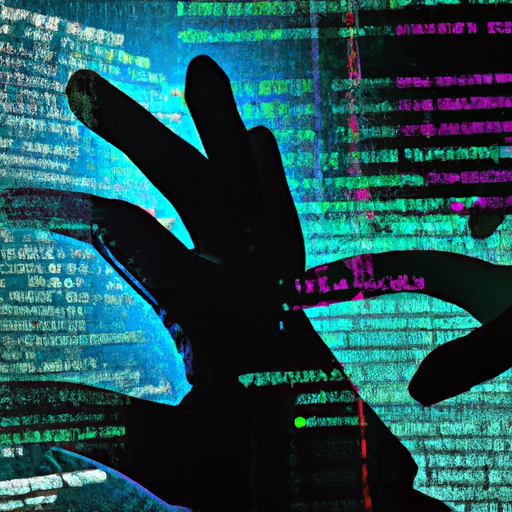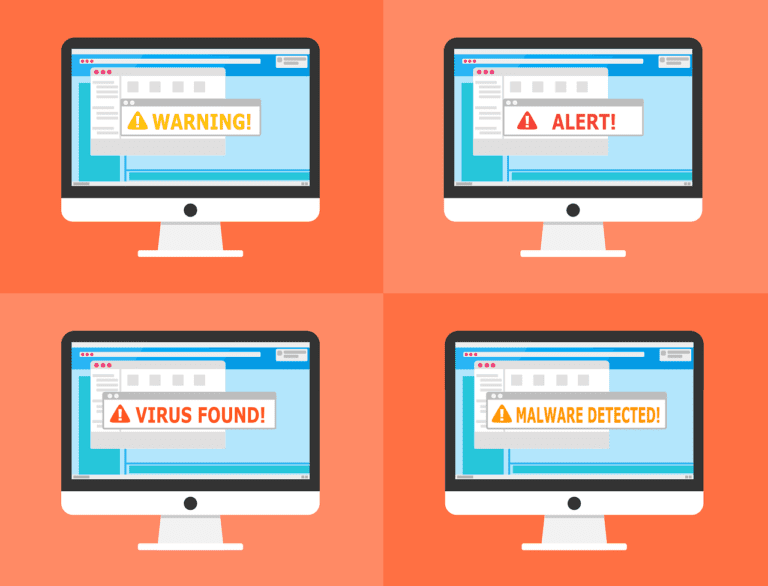What Is Side-channel Analysis In Cybersecurity?
Have you ever wondered what side-channel analysis is in the world of cybersecurity? It’s a fascinating technique that allows security experts to gain valuable insights into a system’s vulnerabilities, simply by analyzing unintended channels of information leakage. By examining factors such as power consumption, electromagnetic emanations, and even acoustic signals generated by a device, side-channel analysis can uncover critical information that hackers could exploit. In this article, we’ll explore the concept of side-channel analysis and its significance in enhancing cybersecurity measures. So, let’s dive right in and unravel the mystery behind this powerful tool!
What is side-channel analysis in cybersecurity?
Side-channel analysis is a technique used in cybersecurity to gather sensitive information about a system or device by analyzing the physical characteristics, emissions, or side effects that it produces. This form of analysis takes advantage of the unintended and often overlooked leakages of information that occur during the operation of a system. By analyzing these side channels, an attacker can gain insights into the internal workings of the system and potentially exploit vulnerabilities to access sensitive data.
Definition
Side-channel analysis refers to the process of collecting and analyzing data from side channels to extract valuable information about a system. Side channels are unintended communication channels that can leak information about the internal processes and operations of a device or system. While the primary purpose of a device may be to perform certain functions, side-channel analysis focuses on the extraneous information that is unintentionally leaked during the execution of these functions. This leakage can be in the form of power consumption, electromagnetic emissions, acoustic signals, timing variations, or even the detection of faults in the system.
Categories of Side-Channel Attacks
Side-channel attacks can be categorized into several types based on the nature of the side channel being exploited. Some of the commonly known categories include power analysis attacks, electromagnetic analysis attacks, acoustic analysis attacks, timing analysis attacks, and differential fault analysis. Each of these categories leverages a different side channel to extract information from a system.
Power Analysis Attacks
Power analysis attacks involve analyzing the power consumption patterns of a device to gain information about the cryptographic keys or data being processed. This type of attack takes advantage of the fact that different cryptographic operations have distinct power consumption patterns, which can be measured and correlated to extract the sensitive information.
Electromagnetic Analysis Attacks
Electromagnetic analysis attacks focus on capturing the electromagnetic emissions produced by a device during its operation. By analyzing these emissions, an attacker can gain information about the computations and cryptographic operations being performed. This type of attack requires specialized equipment to capture and analyze the electromagnetic signals.
Acoustic Analysis Attacks
Acoustic analysis attacks involve capturing and analyzing the acoustic signals produced by a device during its operation. These signals can reveal information about the internal operations of the system, such as keystrokes or data processing. By analyzing the audio recordings, an attacker may be able to extract sensitive information.
Timing Analysis Attacks
Timing analysis attacks exploit the variations in timing during the execution of cryptographic algorithms or other sensitive operations. By carefully measuring and analyzing the timing variations, attackers can gain insights into the internal processes and potentially deduce the secret information being processed.
Differential Fault Analysis
Differential fault analysis is a side-channel attack that involves intentionally inducing faults or errors in a system and then analyzing the resulting behavior to gain information about the secret data or cryptographic keys being processed. By observing the differences in behavior between fault-free and faulty executions, an attacker can deduce critical information about the system.
Side-Channel Leakage
Side-channel leakage refers to the unintended release of information through various side channels. These leaks can occur due to physical characteristics, interactions between different components, or implementation flaws in the system. Side-channel leakage is a major concern in cybersecurity, as it can lead to the disclosure of sensitive information and compromise the security of a system.
Side-channel leakage can manifest in various forms, such as power consumption patterns, electromagnetic emissions, acoustic signals, or timing variations. Understanding and mitigating side-channel leakage is crucial in ensuring the confidentiality and integrity of sensitive data.
Differential Power Analysis (DPA)
Differential Power Analysis (DPA) is a specific technique used in side-channel attacks to extract cryptographic keys or sensitive information by analyzing power consumption patterns. DPA takes advantage of the fact that different cryptographic operations have distinctive power consumption characteristics. By measuring and correlating the power consumption during the execution of these operations, an attacker can deduce the cryptographic keys or other sensitive information being processed.
DPA attacks can be devastating as they can potentially break the security of cryptographic algorithms and compromise the confidentiality of sensitive data. To mitigate such attacks, countermeasures such as power analysis-resistant cryptographic implementations and secure hardware designs are employed.
In conclusion, side-channel analysis plays a critical role in cybersecurity by exploiting the unintended and often overlooked leakages of information that occur during the operation of a system. By understanding and mitigating the vulnerabilities associated with side channels, organizations can enhance the security of their systems and protect against potential attacks.








